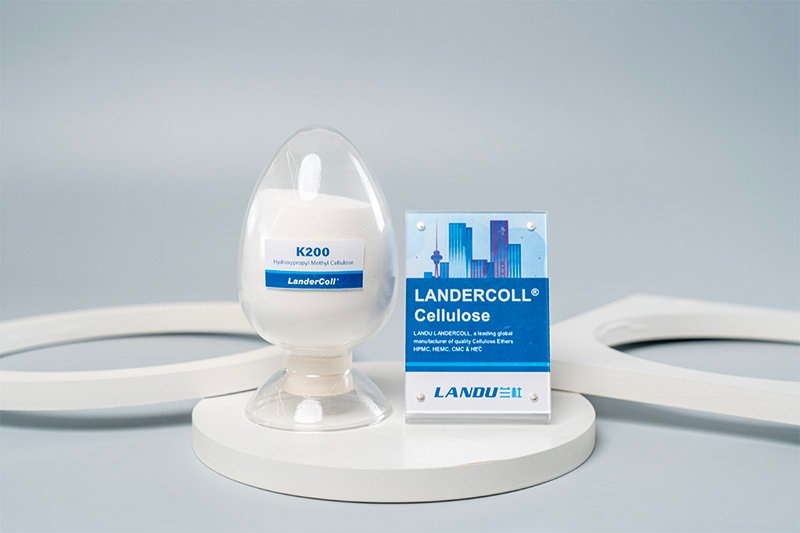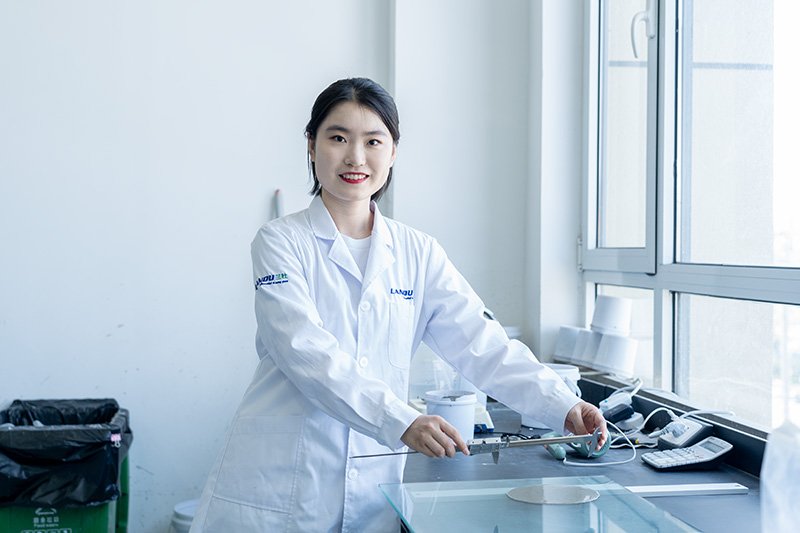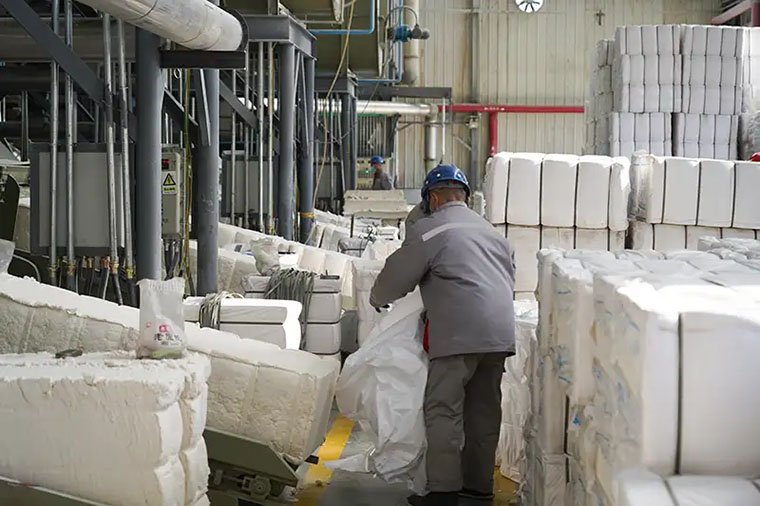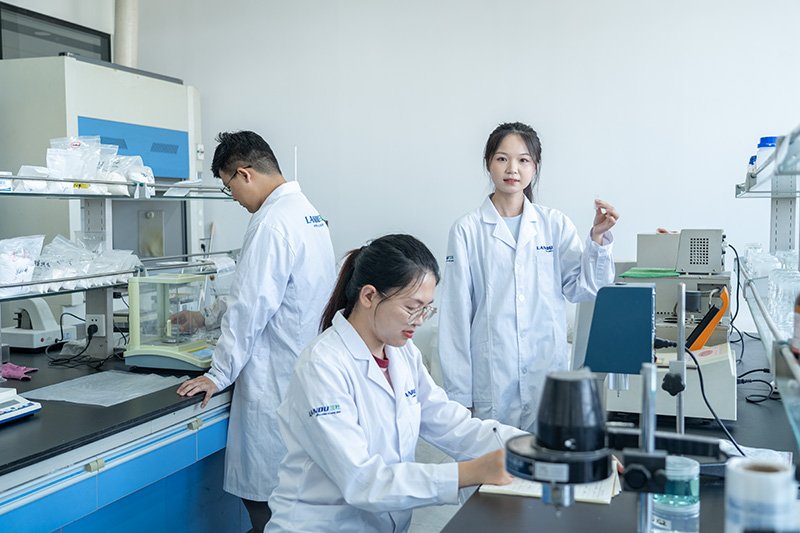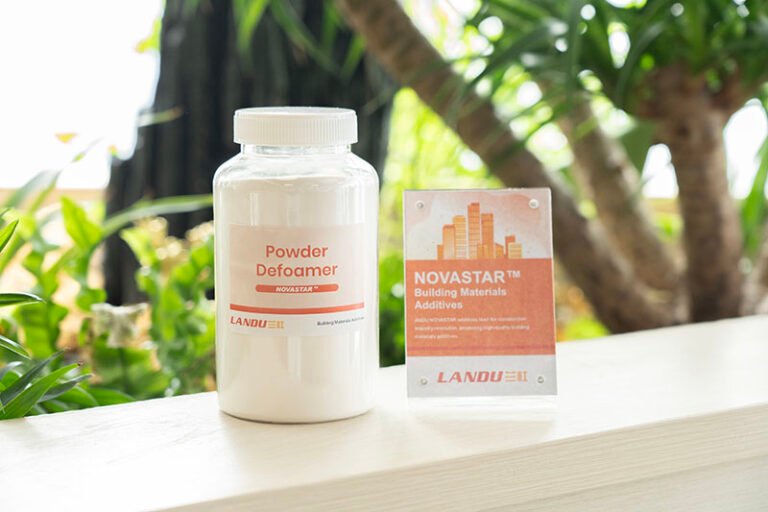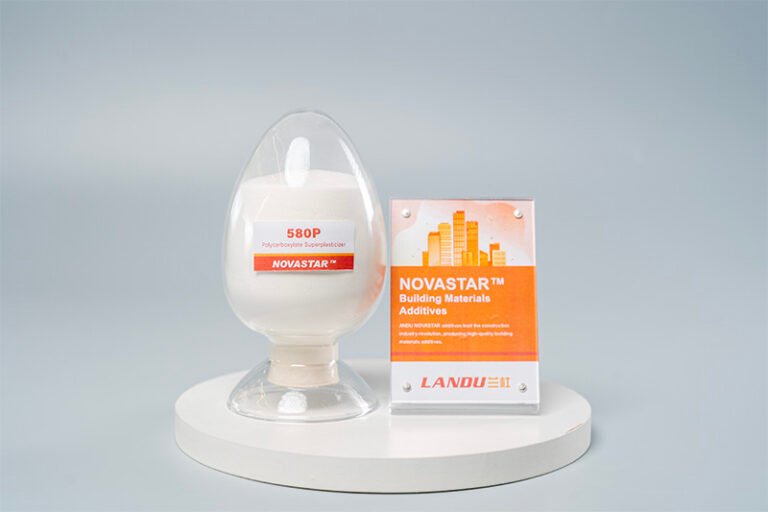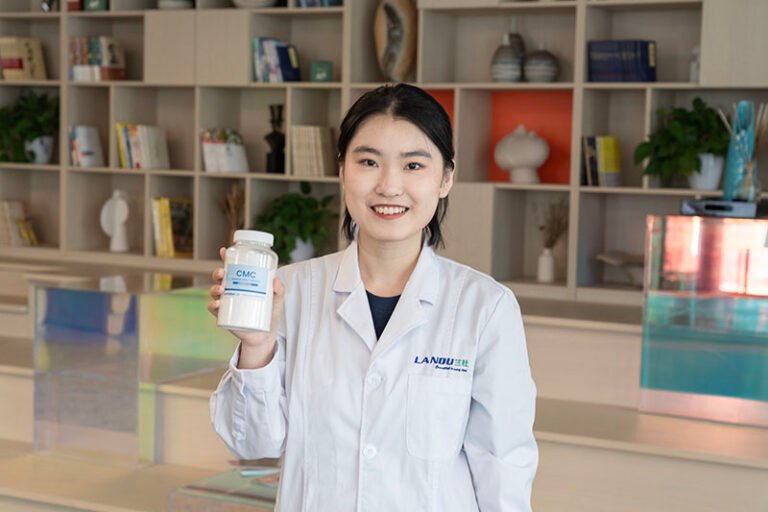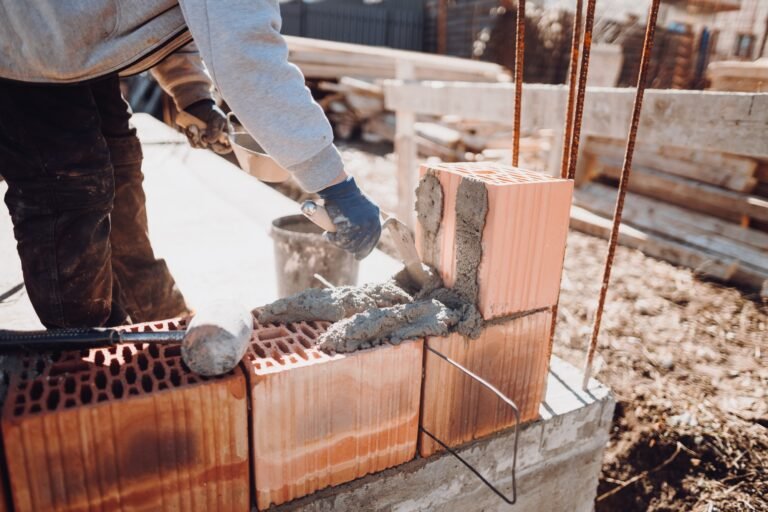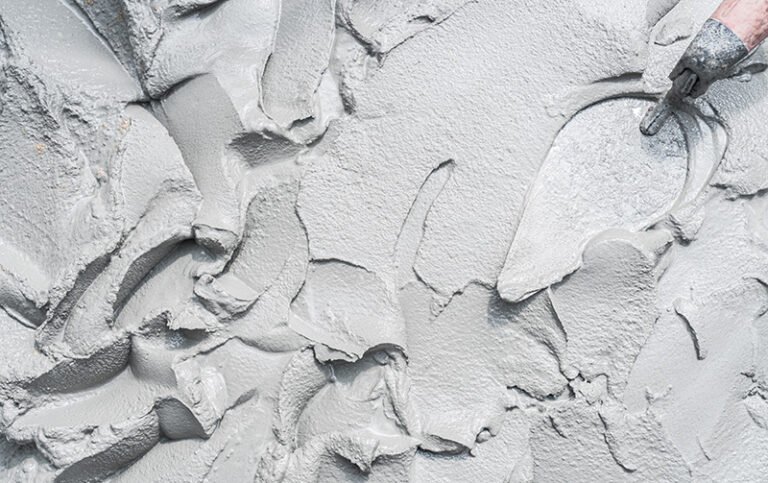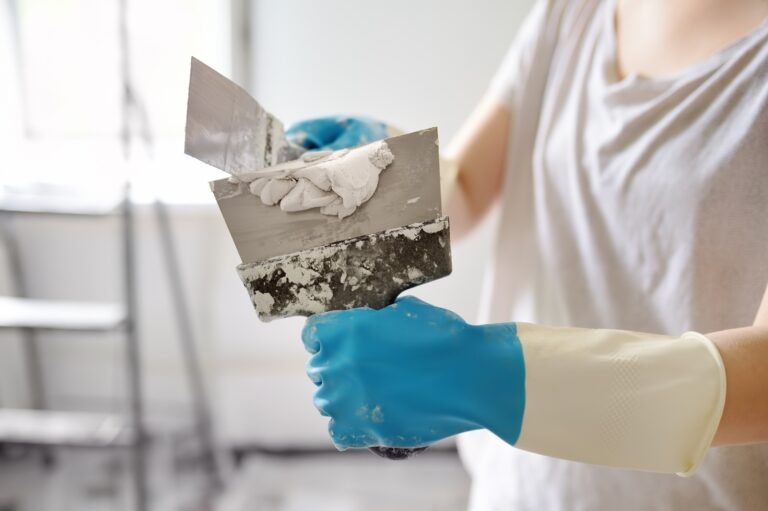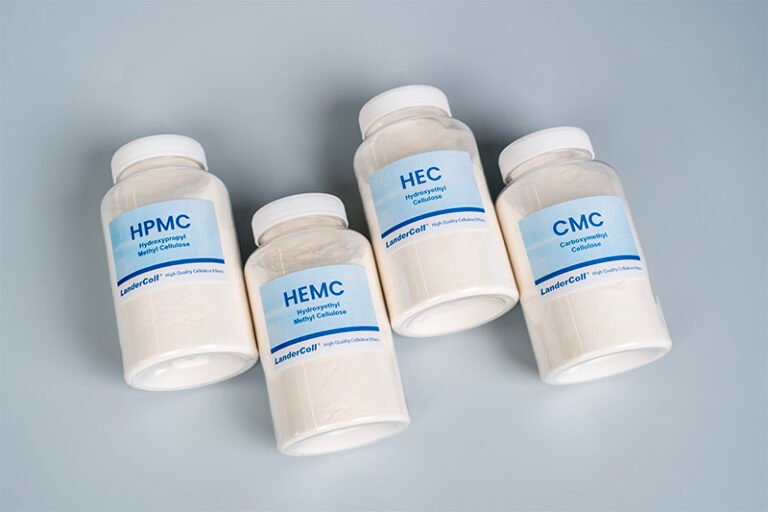How It Works: Dispersion and Viscosity Dynamics
The magic begins with temperature. Non-surface-treated HPMC disperses and dissolves quickly in hot water (typically above 60°C), forming a uniform solution almost immediately. This rapid integration stems from the polymer’s exposed hydroxyl groups, which eagerly bond with water under heat. However, in cold water, dispersion is slower, and without careful mixing, it may form clumps or “fish-eyes”—those pesky aggregates that can disrupt uniformity.
Once stirred, viscosity develops swiftly, creating a gel-like structure that enhances rheology. This quick buildup is a boon: it ensures the mixture thickens efficiently, reducing the risk of over-watering and promoting stable performance. Think of it as a sprinter in a relay race—fast out of the gate, handing off seamless control to the next phase of your process.
Ideal Applications and Benefits
This type shines in dry-mix applications, where powders are blended and activated on-site with water. For instance:
- Mortars and Plasters: In cement-based mortars, it improves water retention, preventing rapid evaporation in hot climates. This extends open time, allowing installers to align tiles without rushing, while minimizing cracks from uneven curing.
- Putty and Wall Fillers: Here, non-surface-treated HPMC enhances smoothness during application, reducing pinholes and ensuring a flawless finish ready for painting.
- Tile Adhesives and Grouts: It boosts adhesion and anti-sag properties, keeping heavy tiles in place on vertical surfaces. As noted in LANDU’s product literature, this can prevent slippage, even under load, leading to fewer defects and rework.
The benefits are tangible: easier mixing, extended workability, and uniform hydration. In a real-world scenario, a construction firm using LANDU Landercoll non-surface-treated HPMC in tile grout reported 20% longer open time in arid conditions, translating to higher productivity. However, its slower cold-water dispersion means it’s less ideal for liquid systems, where clumping could compromise clarity or stability.
Formulation Tips and Dosages
Start with dosages of 0.2–0.6% by weight in dry mixes, adjusting based on climate and desired viscosity. Pre-blend with dry ingredients like cement and sand to ensure even distribution. During mixing, use mechanical stirrers with adequate shear to break down any initial clumps, and allow a brief rest period for full hydration. For optimal results, test viscosity using Brookfield methods to confirm the rapid buildup aligns with your targets.
Surface-Treated HPMC: The Versatile Choice for Liquid Systems
Shifting gears, surface-treated HPMC introduces a game-changing modification. During manufacturing, the powder particles receive a light coating—often with agents like glyoxal or other cross-linkers—that delays hydration. This “delayed dissolution” technology, a hallmark of premium producers like LANDU, allows the polymer to disperse fully before thickening begins.
How It Works: Controlled Hydration and Timing
Unlike its non-treated counterpart, surface-treated HPMC scatters rapidly in cold water, forming a temporary suspension without immediate clumping. Viscosity development then unfolds over a controlled period, typically 1 to 15 minutes, depending on the grade and conditions like pH or temperature. This window is critical—exceed it, and you risk uneven thickening; stay within it, and you achieve a smooth, lump-free solution.
The treatment acts like a timed-release mechanism, preventing premature gelation. Once the coating dissolves (often triggered by agitation or slight warming), the polymer hydrates fully, building viscosity progressively. This makes it forgiving in fast-paced production lines, where precise timing ensures consistency.
Ideal Applications and Benefits
Surface-treated HPMC is tailor-made for liquid systems, where cold-water mixing is the norm. Consider these examples:
- Hand Soaps and Body Washes: It provides shear-thinning rheology—thick enough to prevent dripping but fluid under pressure for easy dispensing. The result? A luxurious, cushioned feel that enhances user experience.
- Detergents and Laundry Products: In liquid cleaners, it stabilizes suspensions of actives and pigments, preventing settling during storage. LANDU’s variants tolerate high salt levels, making them ideal for formulations with electrolytes.
- Paints and Coatings: As a thickener, it improves brushability and reduces splatter, while maintaining clarity in water-based systems.
The advantages extend to stability: better tolerance to pH fluctuations (4–10 range) and reduced foaming. In one case study from LANDU’s resources, a detergent manufacturer switched to surface-treated Landercoll HPMC and saw a 15% improvement in shelf-life stability, with no phase separation after heat cycles.
Formulation Tips and Dosages
Dosages range from 0.1–1.0% in liquids, fine-tuned for target viscosity. Disperse by sprinkling into a vortex of cold water under moderate shear, then monitor the 1–15-minute window for activation. If needed, adjust pH to accelerate or delay hydration. Compatibility testing with surfactants is key—non-ionic ones pair best to avoid interference.
Comparing the Two Types: When to Choose Which
Deciding between non-surface-treated and surface-treated HPMC boils down to your application’s demands. Non-treated excels in heat-activated, dry-mix scenarios where speed post-mixing is paramount; surface-treated dominates in cold-liquid environments requiring controlled buildup. A hybrid approach? Possible in some cases, but testing is essential—LANDU offers free samples to facilitate this.
Consider factors like:
- Temperature Sensitivity: Non-treated for hot mixes; treated for cold.
- Dispersion Needs: Treated to avoid clumps in liquids.
- Viscosity Profile: Non-treated for instant thickness; treated for gradual.
In terms of cost, non-treated is often more economical for bulk dry applications, while treated justifies its premium for liquid precision.
Advanced Considerations: Viscosity Grades, Substitution, and Customization
LANDU Landercoll HPMC comes in various viscosity grades (e.g., 2,600–5,600 cP at 2% in water, per Sigma-Aldrich standards), influencing water retention and sag resistance. Higher viscosities suit anti-sag needs in vertical renders; lower ones ensure flow in self-leveling compounds.
Substitution levels (methoxy vs. hydroxypropyl) tune gel temperature and salt tolerance. For hot climates, opt for higher hydroxypropyl content to raise gel points. Particle size also matters—finer powders in treated types dissolve faster but may dust; LANDU’s process control minimizes this.
Customization is a LANDU strength: their expert team tailors grades for specific challenges, like high-humidity environments or eco-friendly formulations.
Testing, Troubleshooting, and Best Practices
To harness HPMC’s potential, rigorous testing is non-negotiable. Use Brookfield viscometers for viscosity, filter paper tests for water retention, and stability chambers for long-term performance.
Common issues and fixes:
- Clumping in Non-Treated Types: Increase water temperature or shear; pre-blend powders.
- Delayed Viscosity in Treated Types: Extend mixing time but stay under 15 minutes; adjust pH slightly.
- Excessive Foaming: Add defoamers; select low-foam grades.
- Incompatibility: Test with other additives—HPMC pairs well with RDPs and starch ethers.
Safety is paramount: As per LANDU’s SDS, HPMC is non-hazardous (OSHA standards), but use dust masks and store in cool, dry conditions (shelf life: 1–2 years).
Sustainability and Regulatory Insights
To harness HPMC’s potential, rigorous testing is non-negotiable. Use Brookfield viscometers for viscosity, filter paper tests for water retention, and stability chambers for long-term performance.
Common issues and fixes:
- Clumping in Non-Treated Types: Increase water temperature or shear; pre-blend powders.
- Delayed Viscosity in Treated Types: Extend mixing time but stay under 15 minutes; adjust pH slightly.
- Excessive Foaming: Add defoamers; select low-foam grades.
- Incompatibility: Test with other additives—HPMC pairs well with RDPs and starch ethers.
Safety is paramount: As per LANDU’s SDS, HPMC is non-hazardous (OSHA standards), but use dust masks and store in cool, dry conditions (shelf life: 1–2 years).
Case Studies: Real-World Success with LANDU Landercoll
In construction, a Middle Eastern project used non-treated HPMC in tile adhesives, achieving 30% better adhesion in desert heat. In chemicals, a European detergent brand adopted treated variants, boosting product clarity and stability, leading to higher market share.
FAQs: Addressing Common Questions
- Can I switch types mid-formulation? Rarely—test thoroughly to avoid inconsistencies.
- What’s the shelf life? 1–2 years under proper storage.
- How does it compare to competitors? LANDU’s high capacity and quality control set it apart, as per user reviews.
Conclusion: Embrace the Potential of LANDU Landercoll HPMC
Discovering LANDU Landercoll HPMC types reveals a world of tailored solutions. From non-surface-treated’s rapid activation in dry mixes to surface-treated’s precision in liquids, these variants empower innovation. Request free samples today from landercoll.com and experience the difference—consistent, high-performing HPMC that propels your projects forward.

